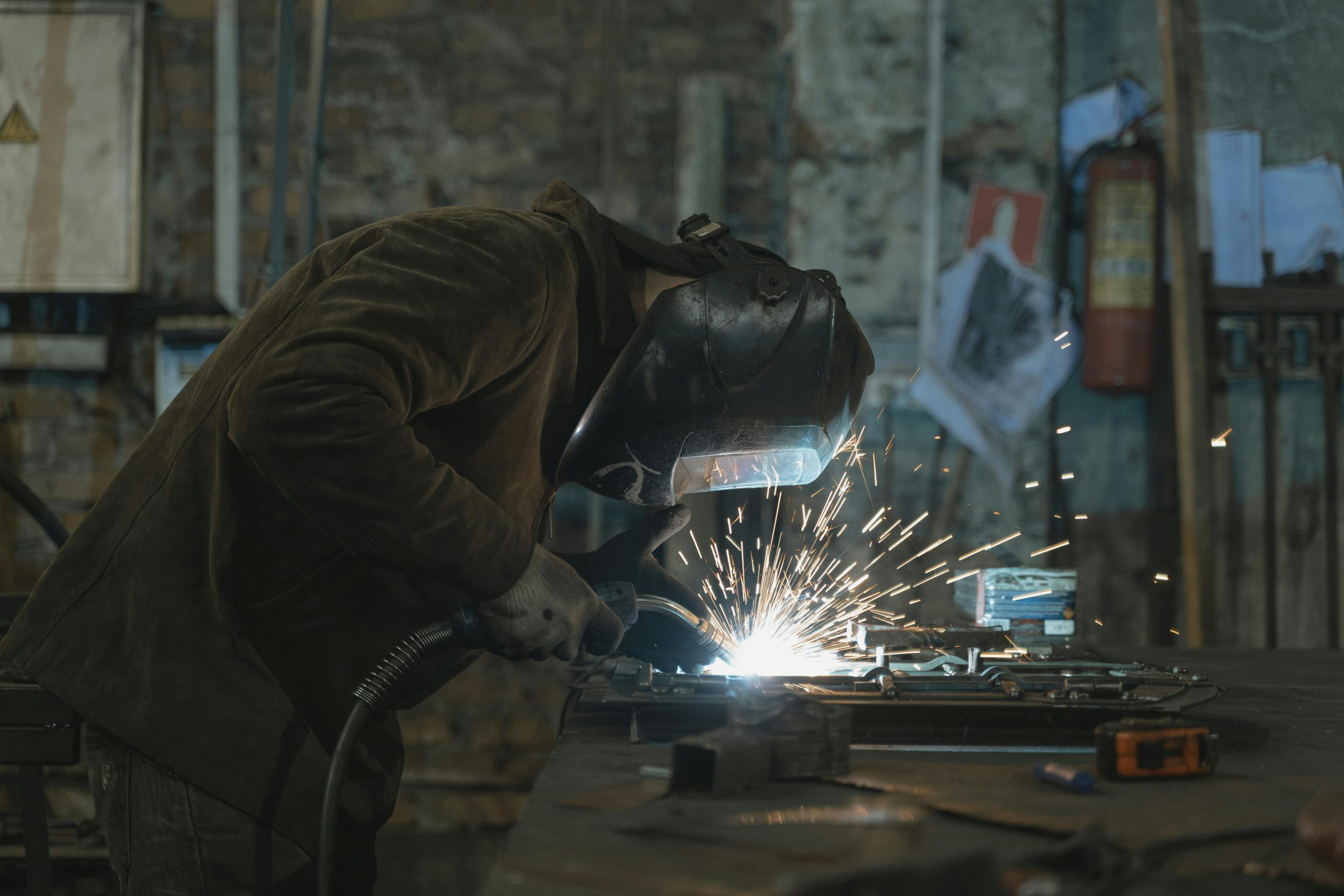How AI and Sensors Are Improving Workplace Safety
In recent years, the advancement of technology has brought about numerous changes in the way we work and how we ensure the safety of employees in their workplace. One of the most significant developments in this regard has been the incorporation of Artificial Intelligence (AI) and sensors into workplace safety measures. These technological tools have greatly improved workplace safety by identifying and preventing potential hazards in real-time. As a result, workplace accidents and injuries have significantly decreased, making AI and sensors an integral part of modern workplace safety protocols. In this article, we will explore in detail how AI and sensors are revolutionizing workplace safety, and the benefits they bring to both employers and employees.
The Role of AI in Workplace Safety
Artificial Intelligence has been making waves in various industries, and its impact on workplace safety is no exception. AI-powered software and tools have the ability to analyze vast amounts of data in real-time and identify patterns, trends, and potential risks that humans might overlook. This is particularly useful in hazardous work environments where there is a higher risk of accidents and injuries. With AI, potential hazards can be detected and addressed before they turn into serious incidents, thereby preventing workplace accidents and ensuring the safety of employees.
Real-Time Monitoring and Analysis
AI-powered sensors and cameras can constantly monitor the work environment and analyze data to detect any potential risks. For example, sensors can monitor the temperature, air quality, and noise levels in a factory and alert the workers and managers if any of these levels become dangerous. This real-time monitoring is crucial as it allows for immediate action to be taken, reducing the chances of accidents and creating a safer working environment for employees.
Predictive Maintenance
In industries that rely heavily on machinery, equipment failure can be a significant safety hazard. With AI, sensors can gather data on the performance of equipment and predict when maintenance is needed. This proactive approach ensures that equipment is always in good working condition, reducing the risk of accidents and injuries caused by malfunctioning machinery.
The Benefits of AI in Workplace Safety
AI-powered workplace safety measures go beyond just detecting hazards and preventing accidents. There are numerous benefits that AI brings to workplace safety, some of which include:
Cost-Effective
Investing in AI and sensors for workplace safety may seem like a significant expense. However, in the long run, it is a cost-effective approach as it reduces the likelihood of accidents and injuries, which can be costly for companies in terms of lost productivity, medical expenses, and potential lawsuits.
Improves Employee Morale
A safer work environment greatly impacts employee morale. When employees feel that their employer prioritizes their safety, it creates a positive work culture and trust between employees and management. This can result in increased productivity and job satisfaction.
Continuous Improvement
AI-powered workplace safety measures are constantly learning and improving. With AI, data from previous incidents can be analyzed, and measures can be taken to prevent similar accidents in the future. This creates a continuous cycle of improvement, making the work environment even safer for employees.
The Role of Sensors in Workplace Safety
Along with AI, sensors play a crucial role in improving workplace safety. Sensors are devices that can detect and measure physical changes in the environment, and they are used in a variety of industries for workplace safety purposes.
Fall Detection
Falls are one of the leading causes of workplace injuries. With sensors, employers can monitor employees working at heights and receive an alert if a fall occurs. This can be especially useful in construction sites and warehouses where employees are required to work at heights.
Proximity Sensors
Proximity sensors can detect when a person is too close to a hazardous area or a piece of equipment. This way, employees can be alerted to stay away, preventing accidents and injuries.
The Benefits of Sensors in Workplace Safety
Similar to AI, sensors bring several benefits to workplace safety, including but not limited to:
Quick Response
Sensors can detect changes in the environment or an employee’s work activity in real-time. In case of an emergency or potential hazard, a quick response is crucial, and sensors enable managers to act immediately and ensure the safety of employees.
Accurate Data Collection
With sensors, data collection is automated, eliminating the need for manual recording. This reduces the chances of errors and ensures that accurate data is collected and analyzed for better decision-making.
Customizable Solutions
Sensors can be programmed to suit the specific safety needs of a workplace. This makes it possible to tailor the technology to fit the unique safety hazards and risks present in different industries and work environments.
In conclusion, AI and sensors have transformed workplace safety protocols. With their ability to analyze data, detect hazards, and provide real-time alerts, they have greatly reduced the risk of accidents and injuries, creating a safer work environment for employees. As technology continues to advance, we can only expect even more innovative ways AI and sensors will improve workplace safety in the future.











